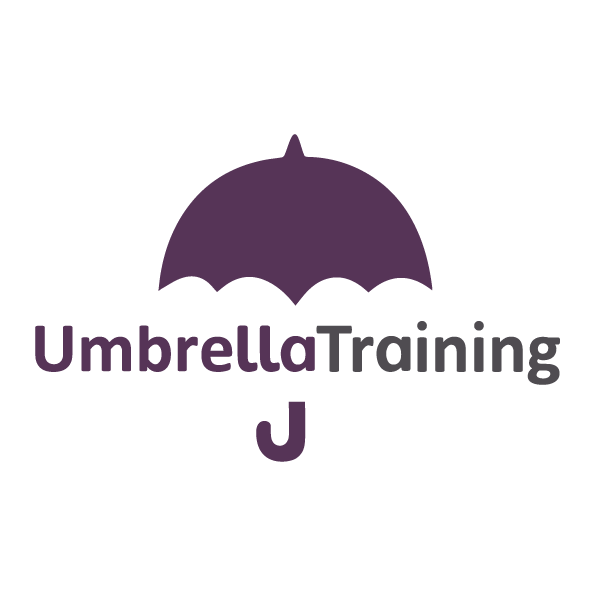Apprenticeships can be the answer to your staffing woes
Apprenticeships can be the answer to your staffing woes, but how can you implement a learning programme from scratch? - Jo Simovic reports.
For every £1 invested into apprenticeships, £26-£28 is created in value. This is a pretty remarkable return.
The latest government figures also show that 78% of businesses with apprentices reported an improvement in productivity, and 86% have said that their apprentices have developed skills that were directly important and relevant for their businesses.
An apprenticeship programme is essentially a vehicle to recruit new talent and develop an employer’s workforce, either using their apprenticeship levy or by having support of the government with a partial contribution.
People development is a crucial part of business growth. Progressive companies will treat it as the responsibility of all senior executives within an organisation; it needs to be aligned with the overall commercial strategy of an organisation and tied into company KPIs.
Apprenticeships are an integral part of this. General managers, operations directors and all senior decision-makers in hotels, restaurants and foodservice businesses need to be involved in the process from the outset.
This inclusive and collaborative approach to strategic people development will inevitably improve outputs as well as outcomes. Apprenticeships, as a tool, support all strands of the people development strategy, including recruitment, retention, development, progression and succession planning.
High-quality, bespoke apprenticeship programmes must have meaning to both the individuals involved and the business – this will result in true return on investment and longevity of a good programme. Embedded within a learning and development strategy, apprenticeships can support staff retention – another weapon in the battle against hospitality’s persistent skills shortage.
Apprenticeships are designed to take learners from a novice to an expert status in their roles. At the end of the programme, apprentices are tested by an independent end-point assessment organisation, which endorses good quality apprenticeship programmes and individuals who excel.
How to create an apprenticeship strategy
1 Be clear about business needs
Your people strategy should be aligned to your business strategy. Spend time with your chosen provider, exploring your needs and building a programme that supports these. A good provider will ensure they find the right solution for your business and your workforce.
2 Collaborate on design
Design a programme that promotes your organisational brand and values while aligning to business goals. Have a clear idea of what success will look like at the end. It is good practice to design a delivery model that encompasses the learner journey, from initial interest stage all the way to celebrating success.
3 Build critical mass
An essential ingredient is to ensure that senior managers are completely on board and can see the benefits of the programme to their departments. Without buy-in at the top, it’s harder to embed an apprenticeship programme within the DNA of the business. Another key ingredient is in-house workplace mentors, who should be trained by your training provider to offer information, advice and guidance to their teams.
4 Create a stimulating implementation plan
Make the programme launch exciting and something that everyone should want to do. Undertake teaser campaigns, including posters and flyers, on-site information sessions and special events for both external and internal interest. The bigger the campaign, the more excited your workforce will be.
5 Review the results
Once the programme is launched, undertake reviews to see if you are achieving results quickly enough, or if you need to adapt something. Measure your return on investment with your provider on a quarterly basis. Have they delivered against KPIs? Has your retention improved? Has your succession planning evolved? Are your apprentices engaged?
6 Build lasting relationships
The partnership between learning provider and employer is key. It supports the apprenticeship programme, helps learners achieve their goals and, in turn, promotes good return on investment. The best results are found when the provider is seen as part of the employer’s workforce and are fully embedded into the company. Providers should be an extension to your learning and development team.
7 Choose providers wisely
Choose a specialist hospitality and catering provider that comes with good references from businesses similar to yours. There are other government regulatory reports, like Ofsted or FE Choices, that could be considered part of your selection process. Larger employers do revert to the tendering process, which gives a flavour of what your programmes could look like.


